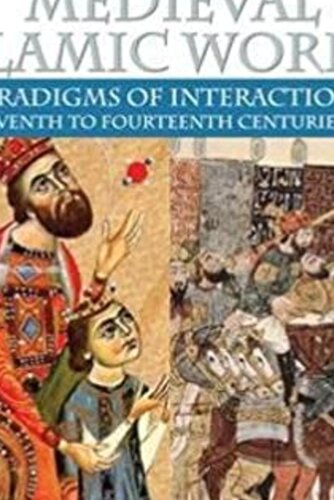Product desciption
The Armenians In The Medieval Islamic World Armenian Realpolitik In The Islamic World And Diverging Paradigmscase Of Cilicia Eleventh To Fourteenth Centuries Seta B Dadoyan by Seta B. Dadoyan 9781412845779, 9781412847827, 1412845777, 1412847826, 2011017745 instant download after payment.
In the second of a three-volume work, Seta B. Dadoyan explores the Armenian condition from the 970s to the end of the fourteenth century. This period marked the gradual loss of semi-autonomy on the traditional mainland and the rise of Armenian power of diverging patterns in southeastern Asia Minor, north Syria, Cilicia, and Egypt.
Dadoyan's premise is that if Armenians and Armenia have always been located in the Middle East and the Islamic world, then their history is also a natural part of that region and its peoples. She observes that the Armenian experience has been too complicated to be defined by simplistic constructs centered on the idea of a heroic, yet victimized nation. She notes that a certain politics of historical writing, supported by a culture of authority, has focused sharply on episodes and, in particular, on the genocide.
For her sources, Dadoyan has used all available and relevant (primary and secondary) Armenian sources, as well as primary Arab texts and sources. This book will stimulate re-evaluation of the period, and re-conceptualizing Armenian and Middle Eastern histories.
Review
"This is a long awaited book which fills a gap in our understanding of Armenian history. It brings along a new picture of the Armenian people, more diverse than the traditional view of a monolithic culture surviving through centuries of struggle. Seta Dadoyan demonstrates that the Armenian diversity is part of the Near East, for this part of the world has always been a place of encounters, though at time harsh and difficult, rather than a juxtaposition of independent cultures, not to speak of nation-states. The book paves the way for similar innovative approaches which could be applied to other constituents of the historical Near East. And the author should be thanked for having selected Armenia for this purpose."
—Bernard Coulie, professor, Université Catholique de Louvain
"In the present work, Dr. Dadoyan projects the logic of her powerful thesis regarding Islamic-Armenian interactions on a broader spectrum to produce a truly comprehensive work—what one may call a summa. Here, the medieval Armenian heritage is placed and studied in its natural ambiance, which was the medieval Islamic world.... In its scope, novelty of themes, and above all, the dynamic dialectical approach that brings into relief hitherto unnoticed aspects and unstudied issues, along with a panoramic view of the medieval Islamic world seen as 'through Paradigms of Interaction' is indeed a novel and intriguing type of academic exercise for scholars to whom history is not a mere and often subjective narration of a past, but a limitless field for critical study and intellectual enjoyment."
—Kamal Salibi, professor emeritus, American University of Beirut
"Features of this impressive work challenge received ideas about Armenian integrity and history, and the interaction between Armenians and their neighbors. It will undoubtedly provoke debate. But its value cannot be underestimated. It brings into the light of day a history that has mainly been forgotten, and sets the whole history of the Middle East into new frameworks where encounters were frequently more meetings of the like than clashes of the opposite."
—David Thomas, professor of Christianity and Islam, University of Birmingham, Edgbaston
About the Author
Seta B. Dadoyan was formerly professor at the American University of Beirut. She is a specialist in Islamic-Armenian interaction from the seventh to the fourteenth centuries and is the author of The Fatimid Armenians: Cultural and Political Interaction in the Middle East.


